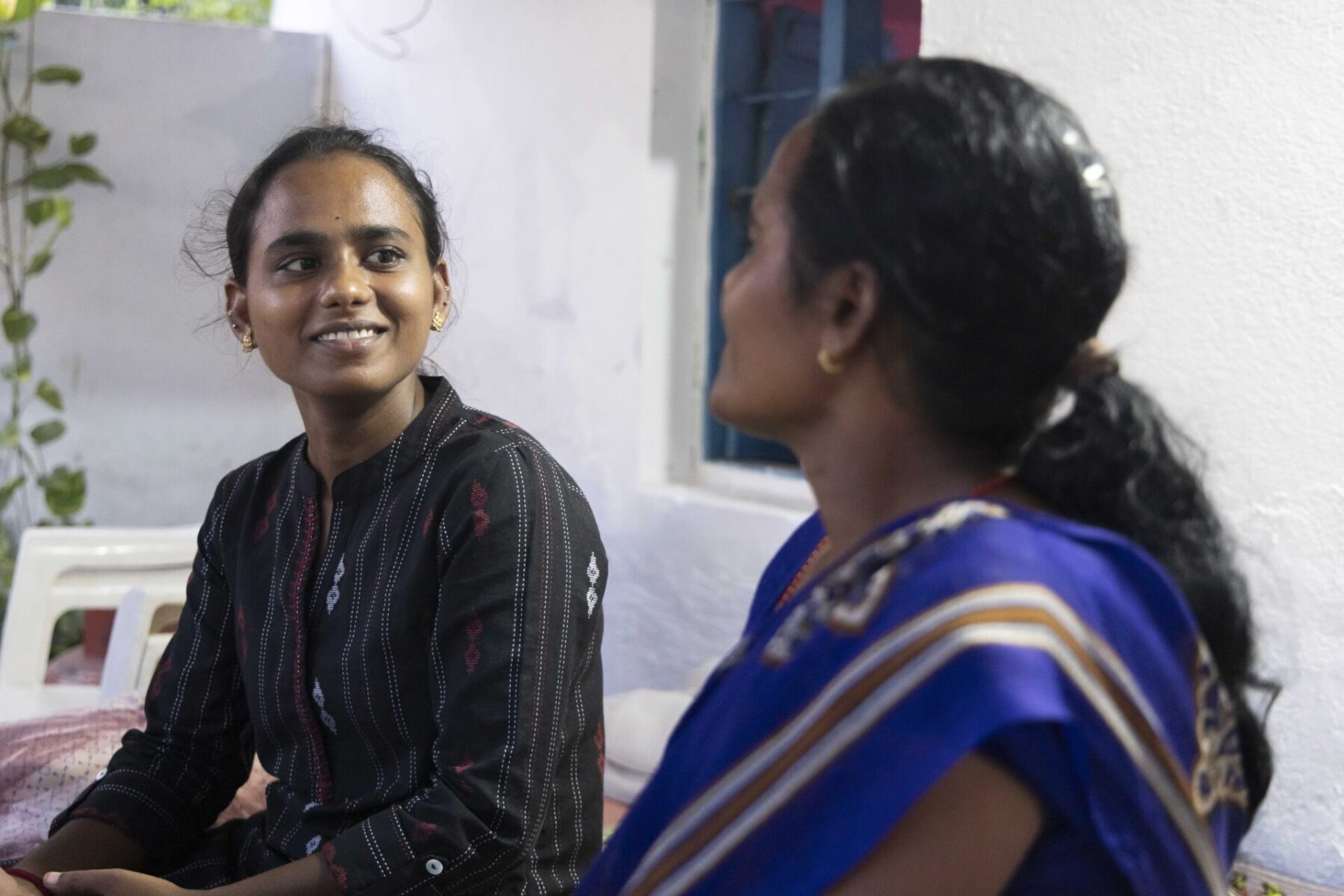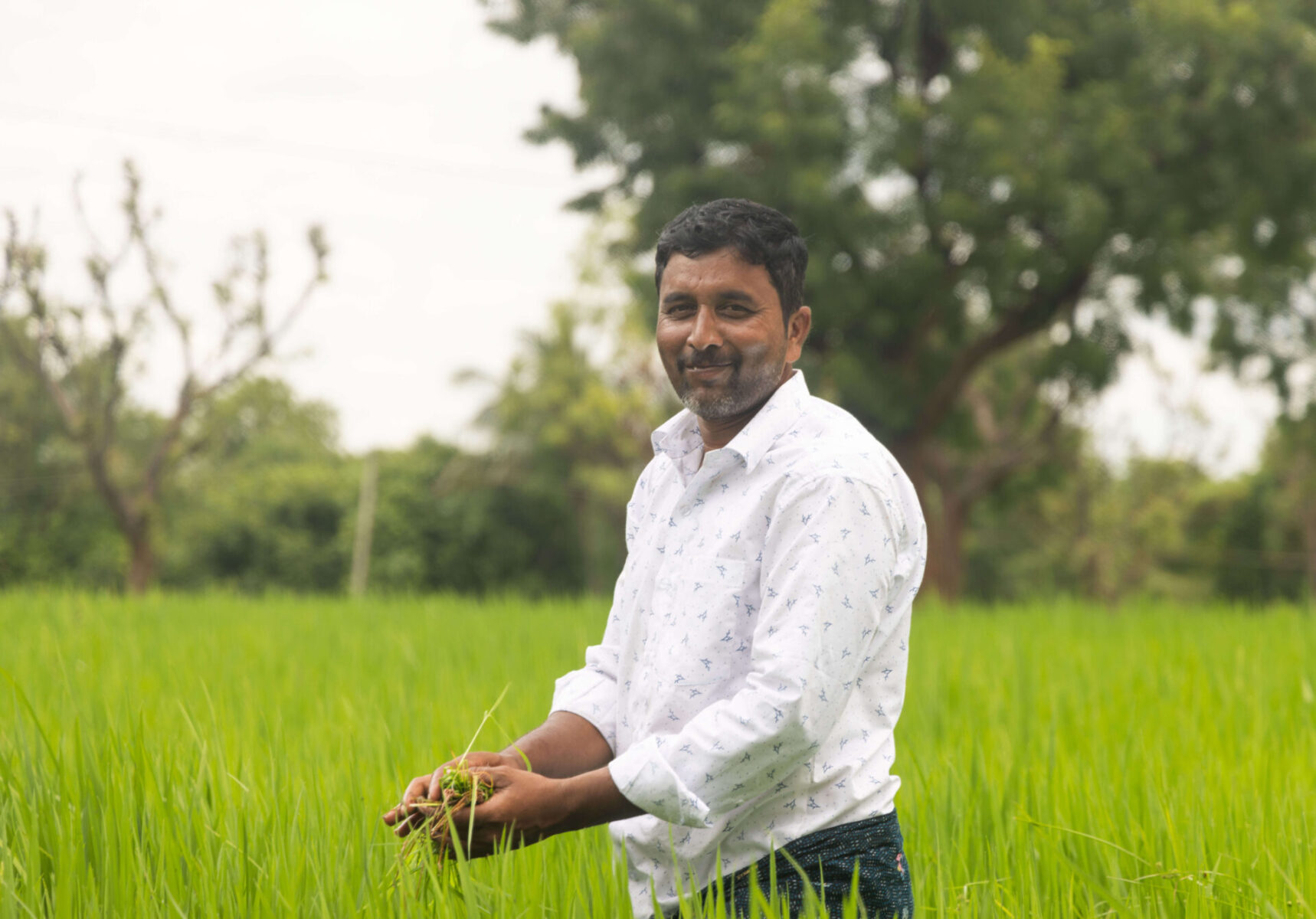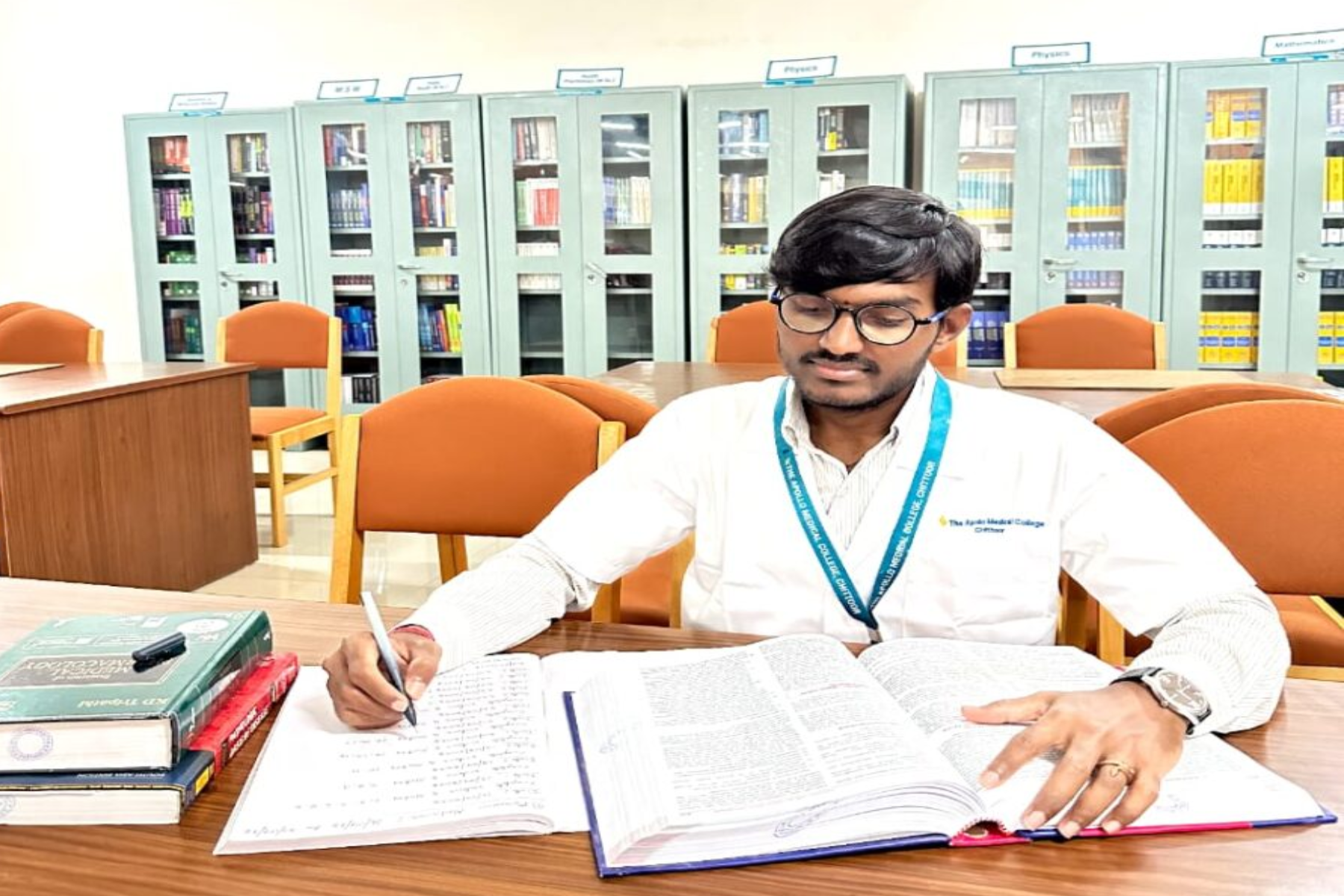
- The Bathalapalli Hospital was established in 2000 and three years later it opened the blood bank.
- The biggest challenge has been convincing people in rural areas due to the myths and false information surrounding blood donation.
“I donated blood to help others who needed it. It doesn’t cost me anything and is a great service to the community.” says Tarakeshwar, a 21-year old student. He first heard about the RDT Blood Bank in an awareness campaign in his university and since then, has donated blood four times. “Before I didn’t know anything about blood donation. Now I tell all my friends about the good it does.”
In Anantapur over 52% women between 15-49 years suffer from anaemia, a condition in which there is a deficiency of red cells or of haemoglobin in the blood. It is the cause of miscarriages, premature and high risk births and even maternal deaths. In such a region, the demand for blood is inevitably very high.
“Currently, we receive around 6,500 donations a year that just cover the needs of this hospital. But we need to double this number in order to supply to other hospitals that need blood,” says Phani Kishore, who has worked as the technical supervisor of the Blood Bank since its inception in 2003. She understands that the number of blood donors has not been increasing and that it is difficult to convince people to participate in this rural district in south India.

Maria Fornieles, the co-ordinator of the Blood Bank recognises the efforts made by the staff to maintain the best possible health and safety standards at all times. “The motto of the bank is ‘health and safety as a work habit’,” she says, stressing that since 2011, this bank, unlike any other blood bank in the Anantapur District, is licensed to perform blood component processing.
“This means that we separate each unit of the blood donated into its different components, so that patients only receive the parts they need, reducing the risk of complications,” she says proudly.
Reluctance and myths
“In the village, everyone thinks that if you donate blood, your health will be affected for years. I used to warn people myself that they would have health problems if they donated,” says T. Tirpual, one of the many people who have changed their minds after the awareness talks held in the villages.
Today, coming to donate blood for the second time he says, “The talk was very inspirational. I found out about a large number of children suffering from thalassemia and realised that with only a little bit of our blood, we can save a life. That is why I am donating.”
Commitment to Donations
The goal of the RDT Blood Bank as well as the Indian government and the World Health Organization, is increasing the number of voluntary donations. Different from compensating people for giving blood, a practice which has been illegal in India for years, voluntary donations are also distinct from ‘replacement’ donations (those made by family and friends of patients who need a transfusion in the hospital.) Currently, two out of every three donations are of the ‘replacement’ type.

“Accounts from donors and people who have received blood transfusions are key to motivating individuals and their families to donate,” explains Kishore. “In general, there is a lot of ignorance about what happens when you give blood and many families are scared of it,” she adds.
The scarce presence of female donors is striking, but the reason for this is very simple: many women are not healthy enough to donate. Nurse Jagadha, who has been working at Bathalapalli Hospital for 16 years explains that “many young girls come to donate but either are below the minimum weight (49 KGs) or the minimum haemoglobin level [12g/dL].”
According to data from the Ministry of Health and Family Welfare, in Andhra Pradesh, there were almost 460,000 donations in 2016-17, only 54% of the number recommended by the WHO. In this context, RDT Blood Bank’s efforts to increase the number of donors proves to be more necessary than ever.
Phani Kishore explains it perfectly: “If they donate once, they will do it again.”
For more updates, join the RDT Bathalapalli Blood Bank group on Facebook by clicking on the link here
Text: VFF USA







